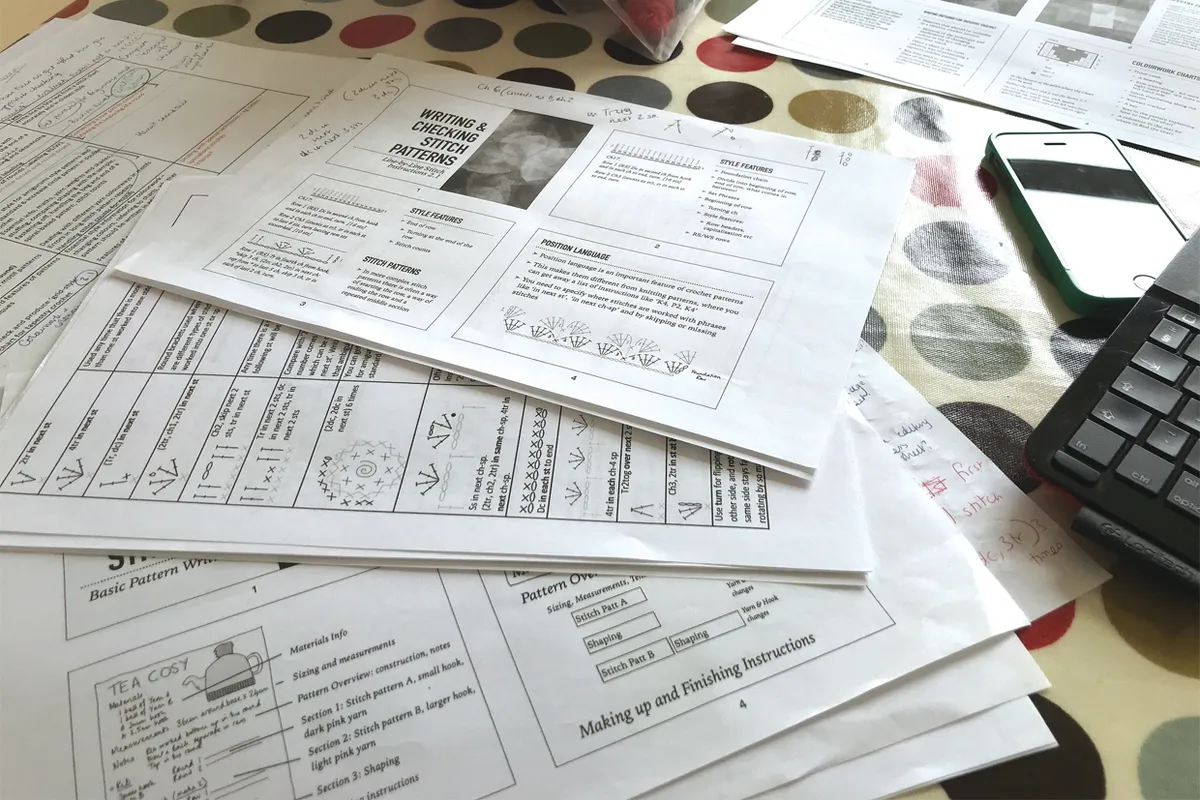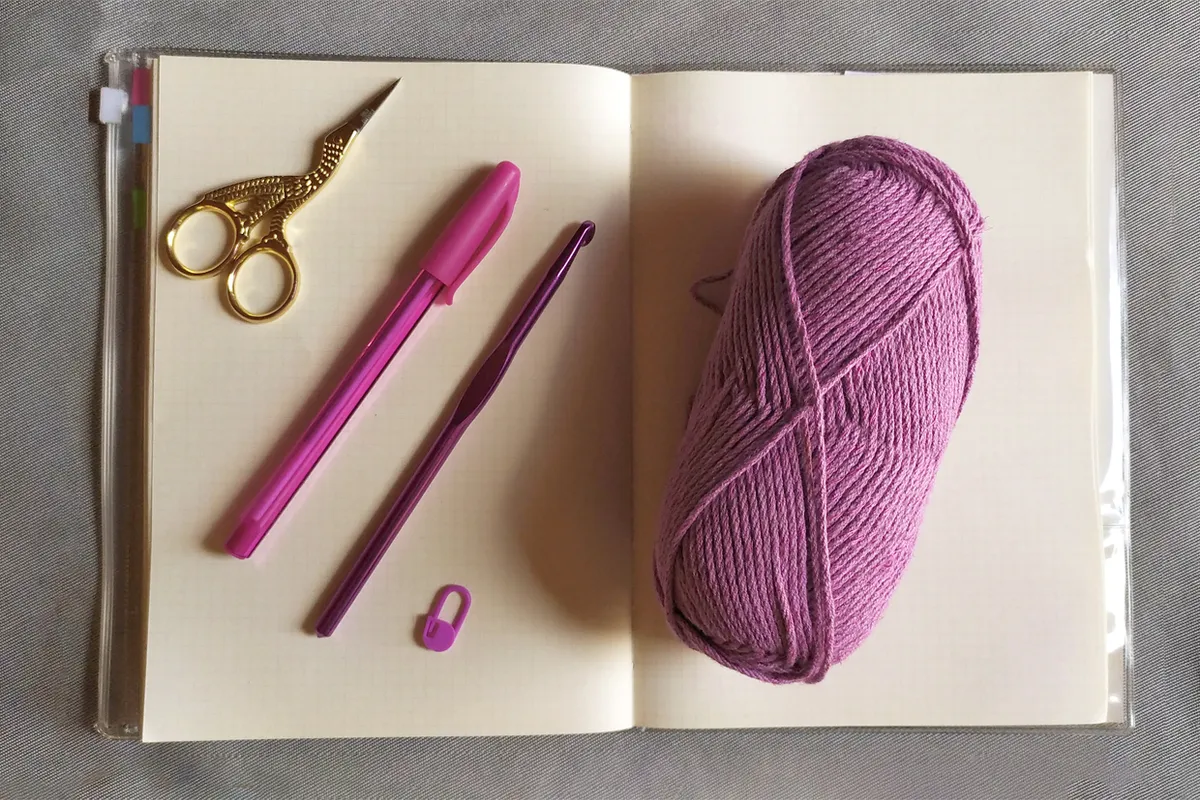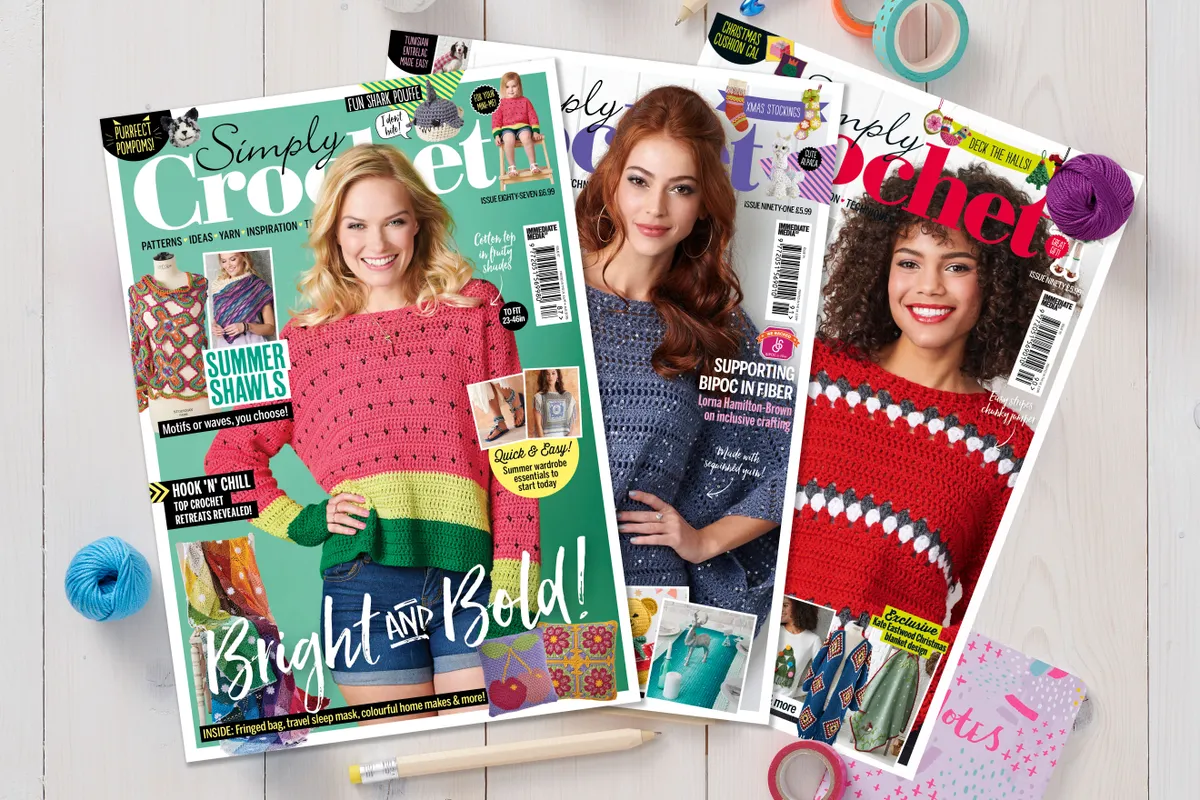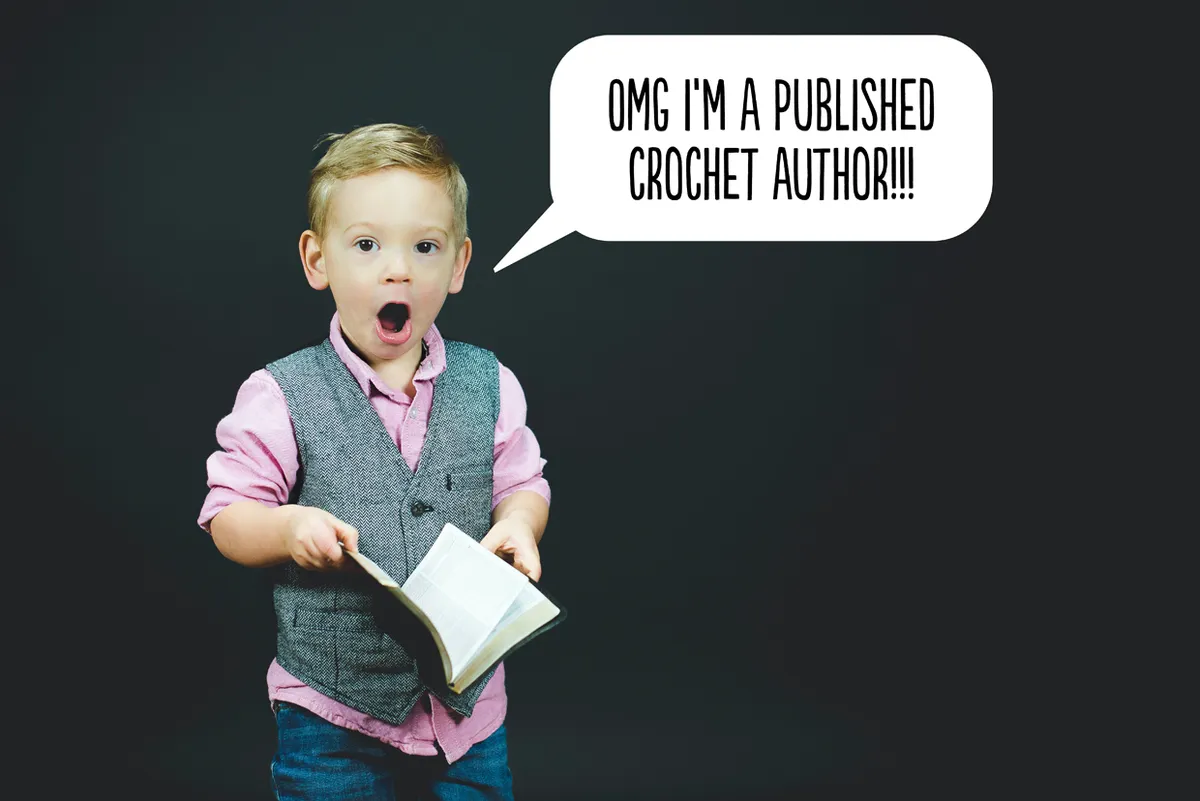So you've been crocheting for a while now, and you're pretty proud of your makes! Maybe you're thinking it's time to take the next step and set up your own crochet business, but what are your options? We'll take a look at just a few of the ways you can make money from your crochet creations, from how to sell your physical crochet makes to how to sell your pattern designs!
If you want to find out more about selling your crochet makes and read some real life experiences, you'll find a fantastic article in issue 99 of Simply Crochet magazine! Get your copy here!
Selling your crochet makes!
When your friends and family see your crochet creations, you may have been told "you could sell them, people would buy them" - but what are your options?
Well, the first thing to consider is do you have the rights to sell them? If it's a pattern you've come up with and designed yourself, then of course you do! But if you've made the object from a crochet pattern, then you need to be careful not to infringe on the pattern designers intellectual rights. We often get enquiries from people about selling crochet made from patterns in Simply Crochet magazine, and the answer is... it's down to the designer! Patterns published in magazines or books will often retain publishing rights for a certain time period, but it's generally the designer that has the final say. Many designers are happy for you to sell products made from their patterns if it's on a small scale or done for charity, but it's always worth enquiring with the designer just to make sure. You can easily find contacts for most designers on Social Media or via their own websites.

Ok so you know that it's ok to sell your crochet makes, but where should you sell them? There's two main options - in person or online!
Selling in person
Local craft shows and markets are a fantastic place to sell smaller crochet makes like toys or accessories, and is a great option if you don't want to keep making the same things over and over again. You can cater your makes for a particular event or season (for example Christmas markets), and although you may be limited in your audience and how much people are willing to pay for your items, it's also a chance to take commissions and meet like-minded crafters.
Selling online

Alternatively you could look at selling your makes online. Etsy is perhaps the largest site for selling handmade goods, but there are many others like Folksy and Not On The High Street. You should investigate the various options to find the right platform for you, as some sites charge different rates for listings and take a percentage of your profits as commission. Selling online can take a fair bit of work though, in such a big market you will need to promote your products and keep your stock updated regularly to ensure you attract the right audience.
Whichever way you choose to sell your crochet products, one very important thing is to keep accurate records of sales! Different countries and economic regions have different rules regarding income tax and you may have to declare your earnings.
Selling your crochet patterns.
Think you've got what it takes to become a pattern designer - that's great, as there's a whole range of options available to you!

Selling patterns by yourself
If you're wanting to do it yourself and set up your own pattern selling business, doing so online is your best option. Sites like Ravelry have made it easier than it's ever been before, and are also very fair in what fees they charge you for using the site (it's completely free until you sell over $30 each month). There are hundreds of designers with patterns for sale, so again you'll need to promote your designs and get your products seen to really make decent sales! You can sell digital patterns on sites like Etsy, but as it's predominantly a site for selling physical objects this can sometimes lead to confusion, so make sure to be clear in your product descriptions.
When writing a pattern, it should be clear, concise, consistent and correct. The best designers consider that their pattern is going to be made by someone else and make it as accessible as possible. Get a friend who crochets to read your patterns and ask for their comments and advice.
Technical editor and crochet designer Cara Medus (caramedus.com)

Getting your patterns published in magazines
If that all sounds a bit too business-like for you, and you're just interested in the joy of writing crochet patterns, then looking at getting your designs published in a crochet magazine might be the best way forward! Here at Simply Crochet we're always on the lookout for talented new designers, and receive many enquiries about how to get involved. Most crochet magazines work by having a mailing list of designers and sending seasonal/themed call-outs.
I’m always excited to receive new pattern ideas and I’m thrilled with the talent out there. We hold two submission calls per year, anyone can apply to be on the call list for designers, simply introduce yourself by email and demonstrate what you can do.
Sara Huntington, Editor of Simply Crochet
Alternatively you can also try pitching specific designs directly to the magazine - This can be a bit hit and miss as your ideas may not fit with what the magazine has planned in already (remember that content for magazines is produced many months before it gets to being published). Magazines pay their designers different rates depending on the project (for example a garment would pay more than a toy), and different magazines pay different rates and have different ways of operating. Whether you're enquiring to get on the contributor list or to pitch a design, there's a few things to keep in mind:
- Send in photo examples of your crochet creations and any links to your website/social media
- Can you be flexible in your designing? You may be asked to make something that you wouldn't normally make, or you may be asked to alter your submission - be clear on your skill levels and what you are happy to take on board.
- If you're pitching a design, make sure to include any drawings, stitch diagrams, pictures of swatches or information that you think may be vital to the appearance or construction of the design.
- Please remember that magazines are often ran by very small teams and receive an incredible amount of enquiries and submissions. If you don't hear back about a submission, please don't take it personally or let it put you off, it may just not be right for the current themes that the team are working on at the time.
If you are interested in designing for Simply Crochet magazine (and are happy with the above), then please feel free to send us an email at simplycrochet@immediate.co.uk

Getting your patterns published in a book
And finally, what is perhaps the holy grail for pattern writers - you could always try and get a book published! This is often a dream for crochet designers, but can be quite tricky to put into action. Publishers will more often find people themselves rather than taking pitches, so having a good online presence and having a reputation for having patterns published in magazines or online can be a good place to start.
If you do fancy pitching directly to a publisher, keep in mind that your pitch will need to be unique. Think about what gaps in the market you could target (if you just pitch a 'how to crochet' book it's unlikely this will be taken up as there is already a lot of competition for that).
Develop your online presence and your published work before approaching publishers. This way, you’ll learn on the job about what’s commercially successful and how to be adaptable.
Technical editor and crochet designer Cara Medus (caramedus.com)

Whatever road you decide to take on your crochet journey, we wish you all the best and remember - even the best designers started somewhere!


